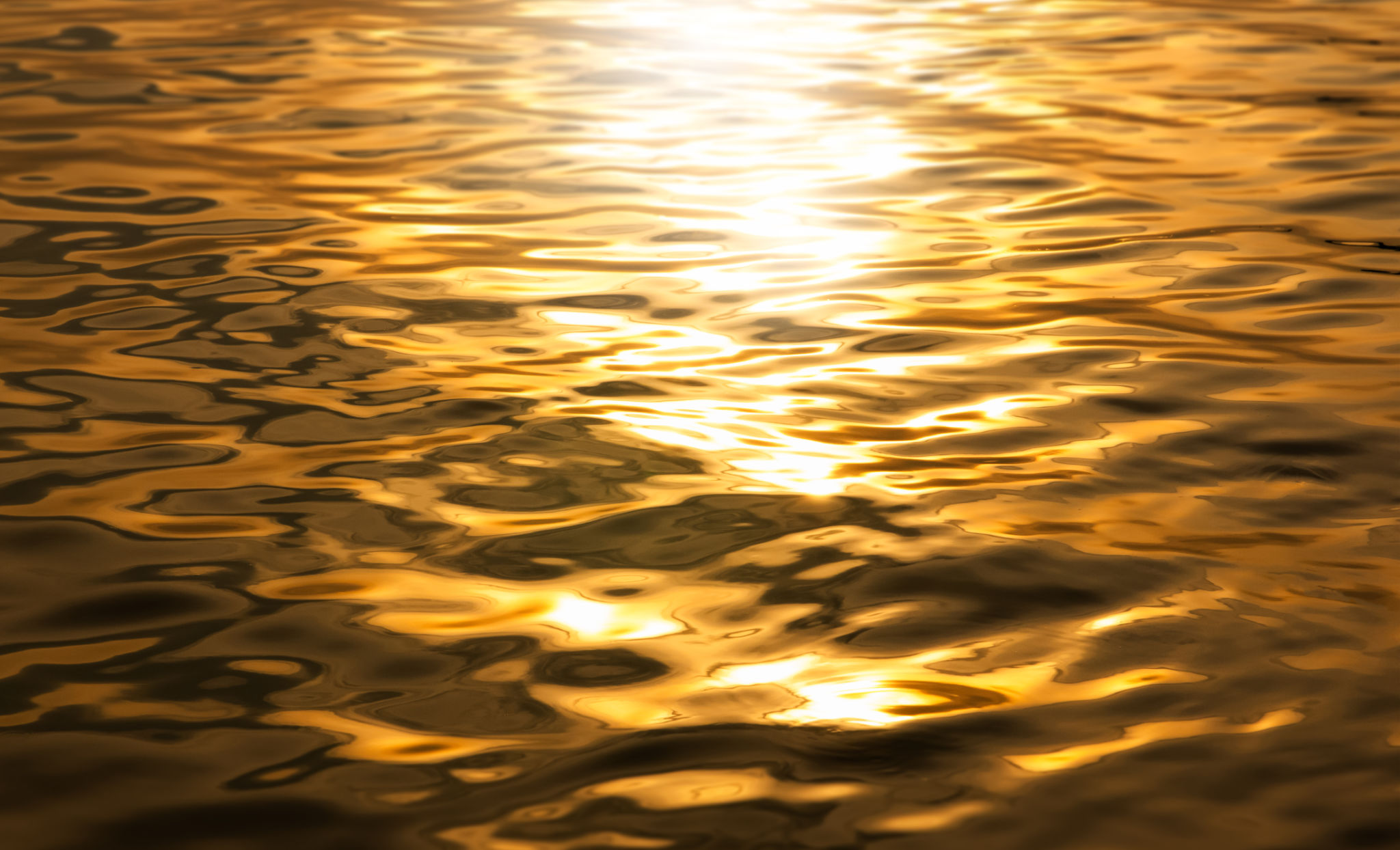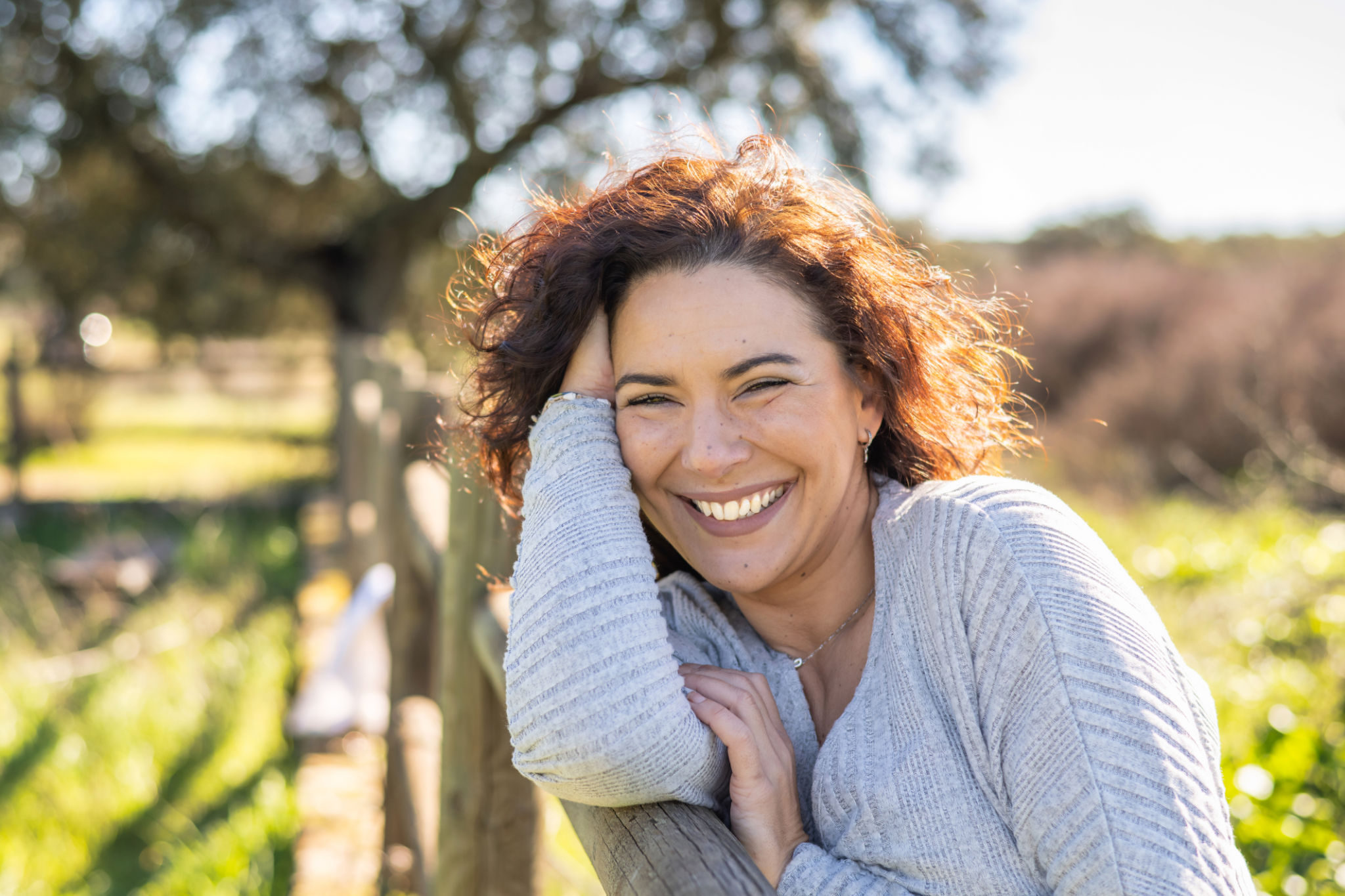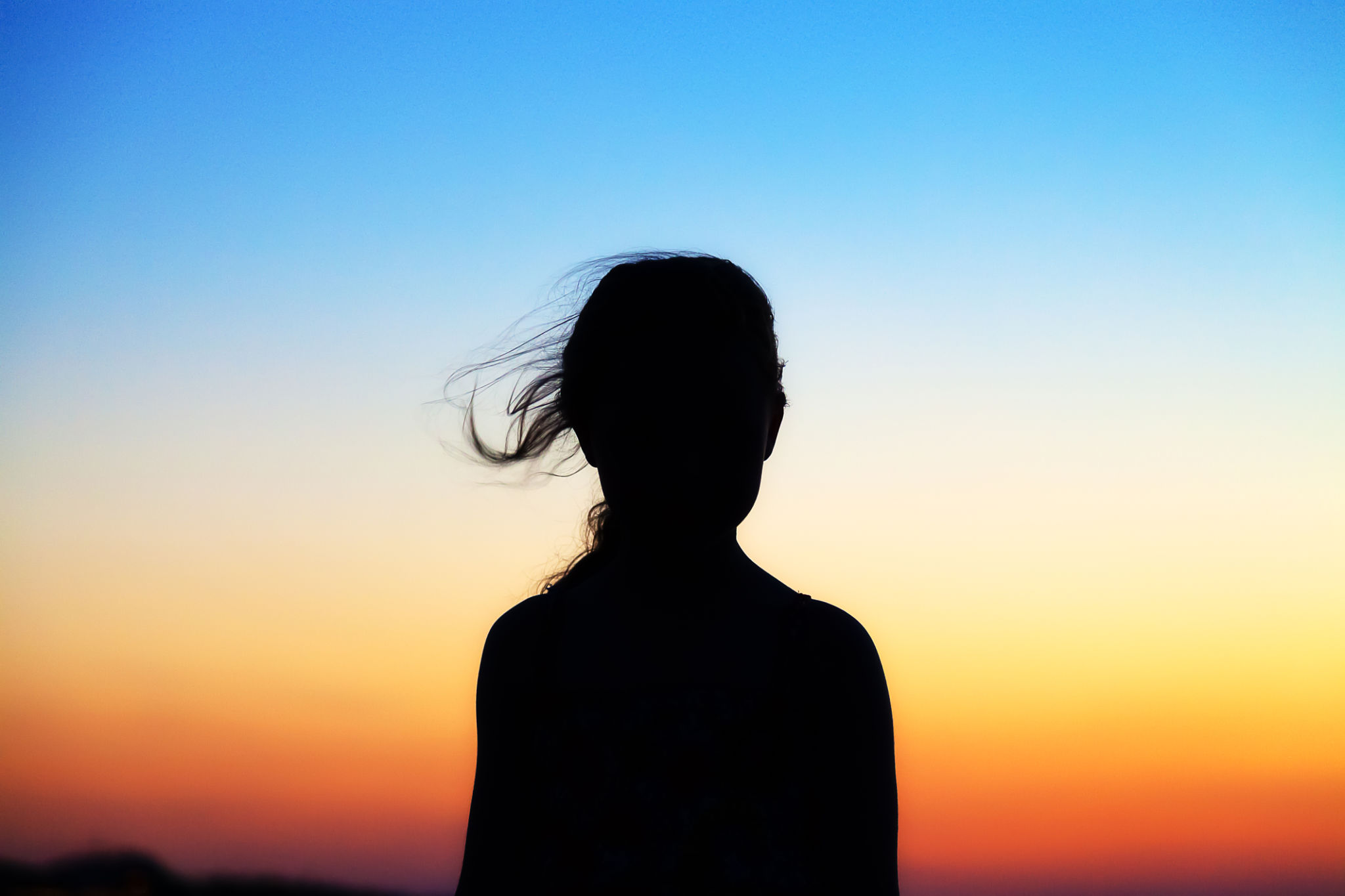Expert Tips on Using Natural Light in Photography
Understanding Natural Light
Natural light in photography is one of the most powerful tools at your disposal. It can transform an ordinary scene into something extraordinary. The quality, direction, and color of natural light can significantly affect the mood and tone of your images. Learning to harness this gift from nature is an essential skill for any photographer.

The Golden Hour
The golden hour is a favorite among photographers for good reason. This period shortly after sunrise and before sunset offers soft, warm tones that add a magical quality to photos. The sun is low in the sky, creating long shadows and a gentle glow that can flatter any subject. To capture the best images during this time, plan your shoot around these hours and be ready to adapt quickly as the light changes.
Midday Challenges
While the golden hour is ideal, shooting during midday presents its own set of challenges. The sun is directly overhead, casting harsh shadows and creating high contrast. However, this doesn't mean you should avoid shooting at this time entirely. Utilize natural reflectors like water or light-colored surfaces to bounce light back onto your subject. Alternatively, seek out shaded areas where the light is more diffused.

Using Shadows Creatively
Shadows are not just a byproduct of light; they can be a compositional element in their own right. Experiment with shadows to add depth and dimension to your photos. Look for interesting patterns or shapes that shadows create, and use them to guide the viewer’s eye through your image. Shadows can also evoke a sense of mystery or drama, depending on how you incorporate them into your composition.
Backlighting Techniques
Backlighting is a technique where the main source of light comes from behind the subject. This creates a silhouette effect and can add an ethereal quality to your photographs. To achieve this, position your subject between yourself and the light source. Adjust your camera settings to expose for the highlights, which will naturally create striking contrasts.

Weather Considerations
Weather conditions can significantly impact natural light and should be considered when planning a shoot. Overcast days provide diffused, soft light that is perfect for portrait photography as it reduces harsh shadows and evenly lights your subject. On sunny days, look for opportunities to use the bright light creatively, such as capturing sun flares or reflections.
Using Reflectors
Reflectors are an excellent tool for manipulating natural light. By using a simple reflector, you can bounce light into shadowed areas, ensuring a more even distribution of light across your subject. Reflectors come in various colors—silver for a cooler tone and gold for a warmer tone—and can be used to enhance or alter the natural lighting conditions.
In conclusion, mastering natural light in photography involves observation, experimentation, and creativity. By understanding the different qualities of natural light and employing techniques like backlighting and using reflectors, you can elevate your photography to new heights.
